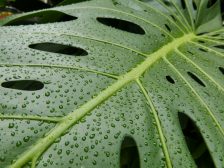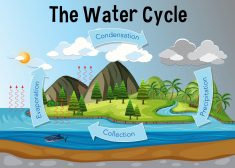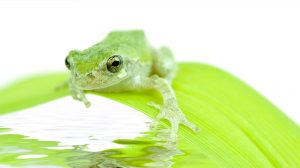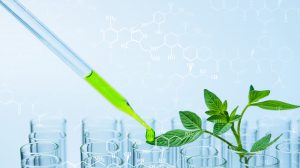Definition
noun, plural: histones
A water-soluble alkaline protein in the nucleus, and from where the DNA tightly coils around to form the nucleosome
Supplement
Histone is a water-soluble alkaline protein. It is rich in lysine and arginine. There are five major families of histones: H1, H2A, H2B, H3, and H4. The first is a linker whereas the other four are core.
Histones are the proteins in the nucleus serving as spools from where the DNA tightly coils around at. Histones form a core by which the DNA wounds around to form the fundamental structural unit of chromatin, the nucleosome. A nucleosome is made up of around 200 base pairs and eight histones (i.e. histone octamer). These histones include two of each of H2A, H2B, H3 and H4. The histone octamer through which DNA coils around facilitates the packing of a large genome into the nucleus. Without the histone core the genome would be too lengthy to fit into the nucleus. The length of the DNA in a human diploid cell is about 1.8 meters whereas the nucleus has about a diameter of 10 µm. Apart from compacting DNA strands, the histones are also associated with chromatin regulation. They undergo modifications for several biological processes, e.g. DNA repair, spermatogenesis in meiosis, and chromosome condensation during mitosis.
See also:
Dictionary > Histone
You will also like...

Animal Water Regulation
Animals adapt to their environment in aspects of anatomy, physiology, and behavior. This tutorial will help you understa..

Plant Water Regulation
Plants need to regulate water in order to stay upright and structurally stable. Find out the different evolutionary adap..

The Water Cycle
The water cycle (also referred to as the hydrological cycle) is a system of continuous transfer of water from the air, s..

Adaptation Tutorial
Adaptation, in biology and ecology, refers to the process or trait through which organisms or the populations in a habit..

Plant Biology
Plantlife can be studied at a variety of levels, from the molecular, genetic and biochemical level through organelles, c..

The Origins of Life
This tutorial digs into the past to investigate the origins of life. The section is split into geological periods in the..
